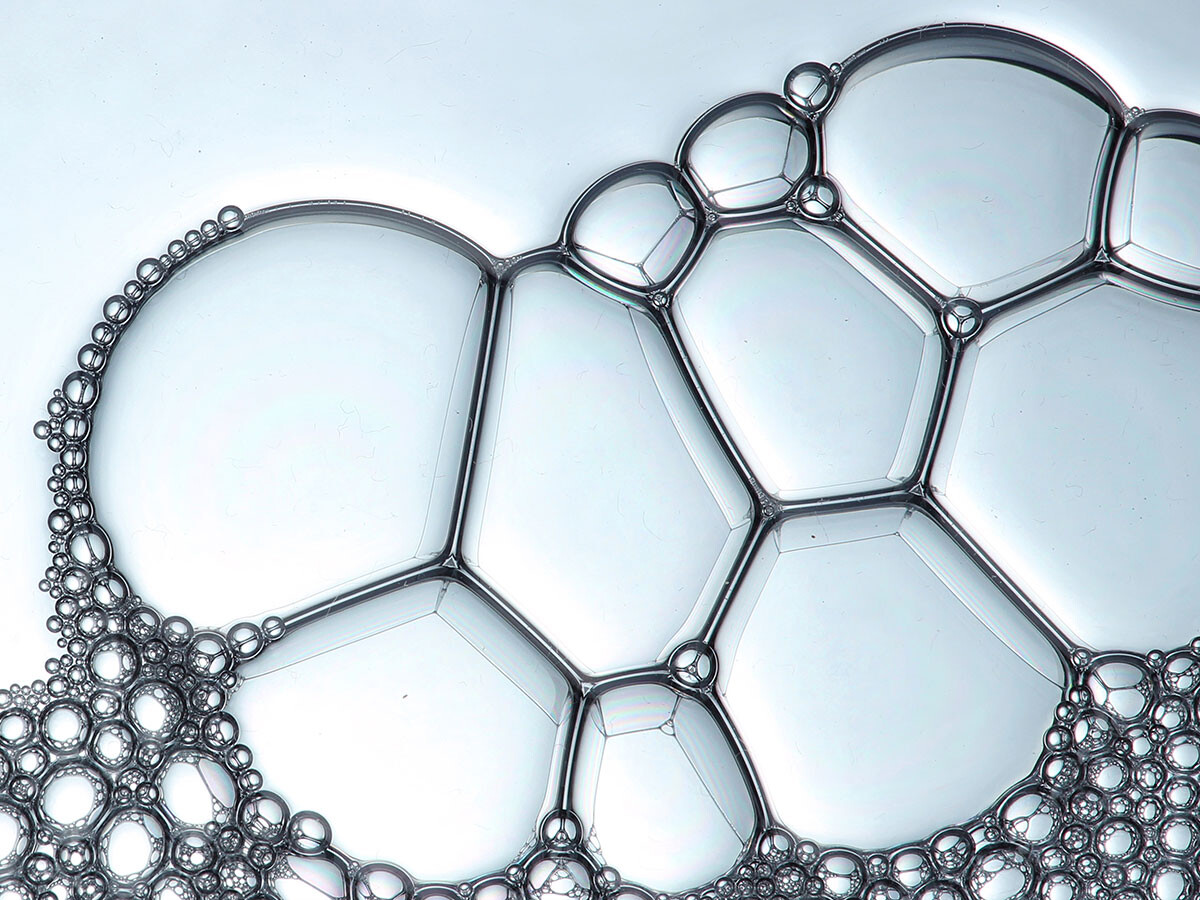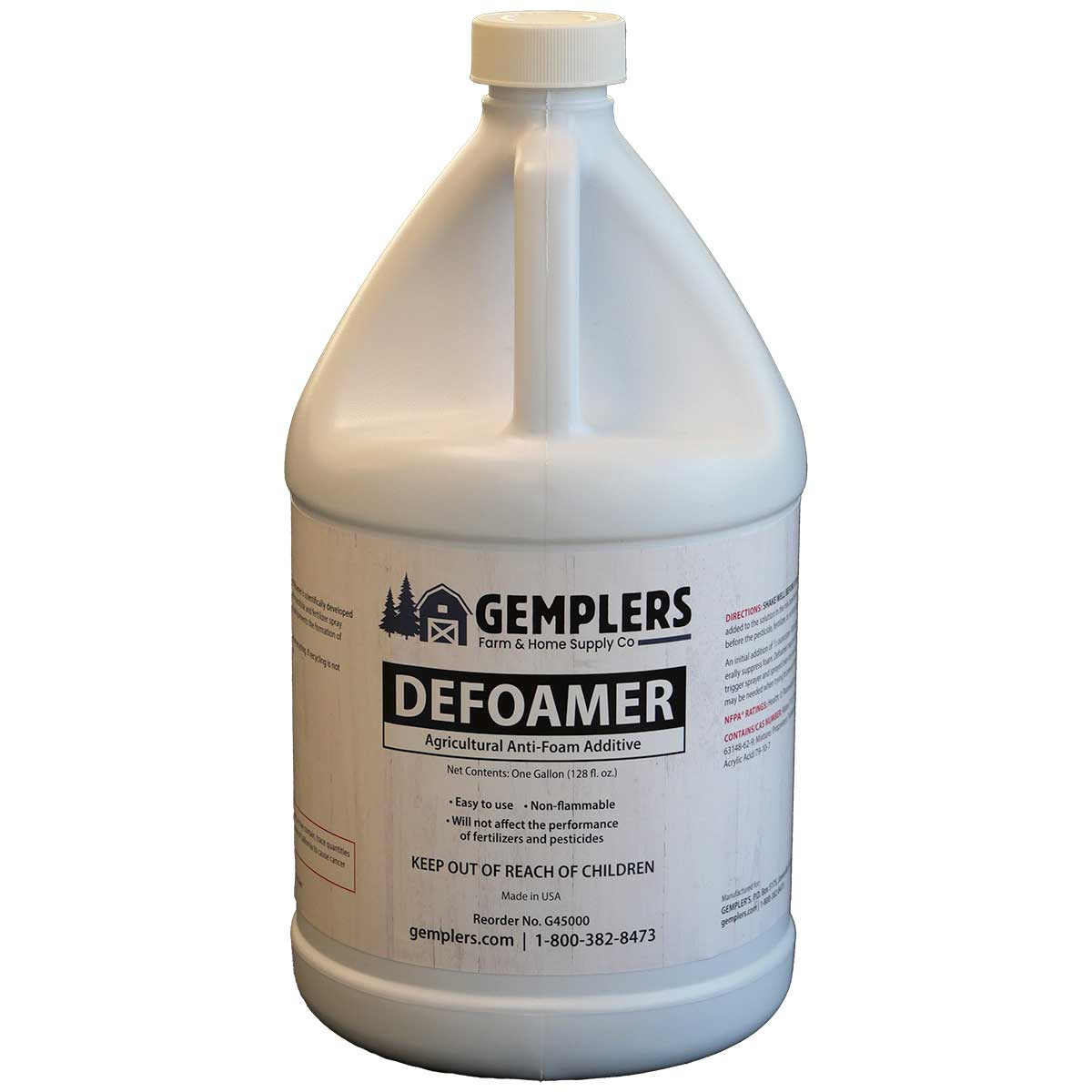Choosing the Right Defoamers for Your Industry Needs
Choosing the Right Defoamers for Your Industry Needs
Blog Article
Picking the Right Defoamer for Your Particular Application Needs
Choosing the appropriate defoamer for particular application requirements is a nuanced procedure that requires careful consideration of numerous variables, such as the foam type, tool, and operating problems. Recognizing the subtleties of defoamer performance-- consisting of rate and determination-- while likewise making up regulatory and environmental elements is vital. Additionally, participating in trials and consulting with makers can supply useful insights. Nonetheless, navigating these intricacies can be challenging, and the consequences of a bad choice may be considerable. What approaches can be used to make certain an optimum selection?
Recognizing Foam Development
Foam development happens when gas is trapped within a fluid, producing a secure framework of bubbles. This sensation can substantially impact different industrial procedures, particularly in industries such as food production, pharmaceuticals, and wastewater therapy. The presence of foam can impede mixing, decrease product high quality, and also cause functional inadequacies.
Foam generally develops because of a combination of elements, including surface-active agents, frustration, and the attributes of the fluid phase. Surfactants reduced the surface area stress of the liquid, promoting the formation of bubbles that can maintain and integrate. Anxiety, whether from mechanical mixing or gas intro, improves bubble formation, resulting in enhanced foam volume.
Recognizing the auto mechanics of foam formation is critical for industries aiming to maximize their processes. By recognizing the particular problems that advertise foam generation, organizations can implement techniques to mitigate its impacts.
Kinds Of Defoamers Available
Numerous sorts of defoamers are readily available to deal with the obstacles postured by foam in industrial applications. defoamers. Generally categorized, defoamers drop right into three groups: silicone-based, non-silicone-based, and natural defoamers
Silicone-based defoamers are renowned for their efficiency and stability throughout a large range of temperatures and pH degrees. They are normally utilized in applications where strong foam reductions is required, such as in finishings, adhesives, and paints. Their low surface area stress allows for rapid foam collapse.
Non-silicone-based defoamers, often made from organic compounds, use a choice for applications delicate to silicone deposits. These defoamers can be more divided into polyether and ester types, each customized to fulfill details formula needs. Non-silicone defoamers are frequently made use of in food handling and individual treatment products due to their compatibility with different solutions.
All-natural defoamers, originated from plant or pet sources, are obtaining grip as a result of their eco-friendly account. These items are especially appealing in applications where governing conformity and sustainability are extremely important, such as in agrochemicals and biotechnology.
Selecting the right kind of defoamer is crucial for enhancing efficiency and making certain compatibility with details applications.
Key Application Factors To Consider
When picking a defoamer, it is vital to consider the particular application requirements to ensure optimum performance. defoamers. Various industries have unique demands, such as food handling, drugs, or wastewater treatment, and each application might need distinct defoaming properties
Trick aspects to review click reference consist of the medium in which the defoamer will certainly be made use of, whether it is water-based, oil-based, or a mix thereof. The temperature and pH degrees of the application can likewise significantly influence the performance of a defoamer. Furthermore, compatibility with other chemicals present in the system is essential to stop adverse reactions that might endanger performance.
An additional essential consideration is the lathering behavior of the certain system. Understanding whether the foam creates rapidly or gradually can assist the option of a defoamer that targets the origin successfully. Furthermore, the desired speed of defoaming can affect the choice, as some applications call for rapid activity while others may tolerate slower defoaming procedures.
Last but not least, ecological and regulative considerations should not be forgotten, particularly in markets with rigorous conformity requirements. Selecting a defoamer that aligns with these aspects makes certain both effectiveness and safety and security in the application.

Performance Testing Techniques
Examining the efficiency of a defoamer requires a systematic strategy to testing that precisely measures its effectiveness in specific applications. Various performance screening techniques can be employed to identify the optimum defoamer for an offered formula.
One typical approach is the bubble examination, which examines the defoamer's capability to minimize foam quantity with time. This test involves creating a stable foam and after that adding the defoamer to observe the rate of foam collapse. One more method is the vibrant foam examination, where foam is created under controlled problems to imitate real-world application circumstances. This method gives insights into just how the defoamer does under varying shear problems.

Inevitably, choosing the ideal efficiency screening approach depends upon the details application and the sort of foam being dealt with. Each technique provides valuable data that can direct formula adjustments and enhance the performance of the defoamer in practical applications.
Ideal Practices for Choice


Next, consider the defoamer's performance in terms of speed of action and perseverance. A quick-acting defoamer may be necessary for processes where rapid foam suppression is vital, while an extra relentless formulation may be required for extended foam control. In addition, evaluate the environmental impact of the defoamer, including its biodegradability and any regulatory compliance requirements.
Conduct tests with chosen defoamers to establish their efficiency in real-world conditions. By sticking to these best techniques, you can improve foam control performance and make sure the longevity of your procedures.
Conclusion
In recap, selecting the ideal defoamer demands a comprehensive assessment of numerous elements, consisting of foam kind, tool, operating conditions, and environmental considerations. Recognizing the distinct qualities of foam development and the readily available defoamer choices is essential. Furthermore, employing efficient efficiency testing techniques and sticking to best methods throughout the selection process will certainly boost the possibility of attaining optimal defoaming results. Eventually, a well-informed choice strategy will resolve specific application requirements and mitigate lathering difficulties visit this page efficiently.
Choosing the blog here suitable defoamer for specific application needs is a nuanced procedure that requires cautious factor to consider of numerous variables, such as the foam kind, tool, and operating conditions.Selecting the best defoamer is essential for accomplishing optimal performance in foam control applications. A quick-acting defoamer might be essential for procedures where fast foam reductions is vital, while a much more persistent formula might be required for prolonged foam control.In summary, selecting the ideal defoamer demands a thorough analysis of numerous factors, including foam kind, medium, operating conditions, and ecological factors to consider. Understanding the distinct attributes of foam formation and the offered defoamer alternatives is vital.
Report this page